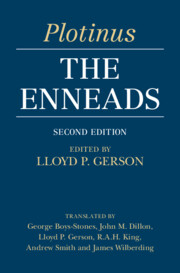Cavaillé-Coll had received his early education at the University of Toulouse, where he had only studied science. The Cavaillé family came from Gaillac (Tarn). One Cavaillé had built organs two hundred years ago, not only in the Midi but in the north of Spain. Jean-Pierre Cavaillé had married a Mlle Marie-Françoise Coll in Barcelona. The Cavaillé-Colls were two brothers, both organbuilders. There were Cavaillé instruments and Cavaillé-Coll instruments.
The story of the illustrious Aristide Cavaillé-Coll is no less picturesque. His professor of mathematics at the University of Toulouse, who was delighted with his aptitude for science, went one day to tell his father: “My son is leaving for Paris. I have former classmates from the École Polytechnique, Charles Cagniard de Latour, Félix Savart, etc. Allow your son to accompany mine. It may be very useful to him. At the same time, I will introduce him to all my former colleagues. They may be interested.”
The young Aristide showed up one Monday, a quarter of an hour before a meeting of the Académie des Sciences and handed his letter of introduction to Cagniard de la Tour, inventor of the siren, who read the letter, looked Aristide in the eye, thought he looked intelligent, and said to him: “No doubt you have come concerning the organ of Saint-Denis. Have you drawn up a plan? The competition closes next Friday. Are you ready?” The young Aristide, without being concerned, replied: “I don't know anything about the competition for the organ of Saint-Denis. In any case, I will have to ask Papa's permission.” —“If you have anything in your brain, any new ideas, and are able to express them clearly, and have all this work done by Friday, at seven o’clock, then on Saturday you will ask Papa!”
Aristide Cavaillé-Coll returned home immediately and set to work. As the son of an organbuilder and a student of the faculty of sciences, he had acquired a certain amount of experience and designed a number of new plans for the organ, notably from the point of view of the wind system, mechanism, timbres, pressures, etc. This represented a lot of experience, but he lacked practice. Nonetheless, he knew how to present all of his ideas in a plan—perhaps naively, but clearly—in such a way that the jury, which met the following week, classified his report “No 1.”
